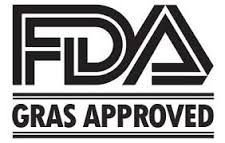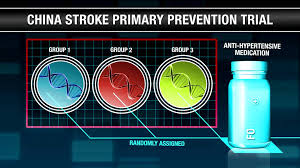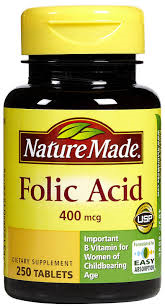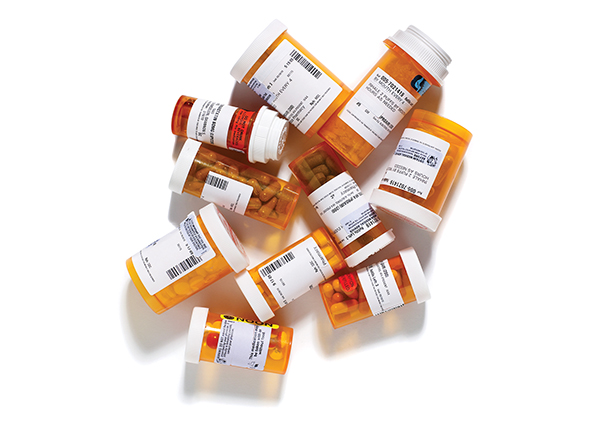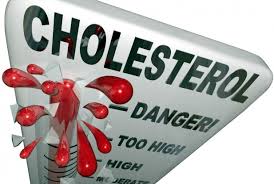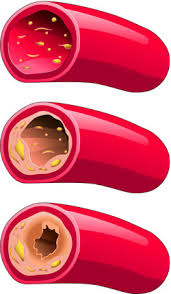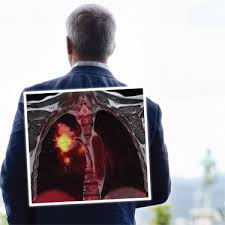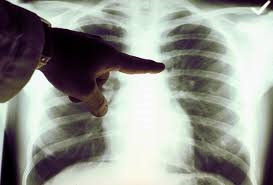 Veterinarians have long warned that pain medications like ibuprofen are toxic to pets. And it now looks like merely using a pain relief cream can put cats at risk.
Veterinarians have long warned that pain medications like ibuprofen are toxic to pets. And it now looks like merely using a pain relief cream can put cats at risk.
That’s what happened in two households, according to a report issued Friday by the Food and Drug Administration. Two cats in one household developed kidney failure and  recovered with attention from a veterinarian. But in a second household, three cats died.
recovered with attention from a veterinarian. But in a second household, three cats died.
When the veterinarians performed necropsies on the three dead cats, they found physical damage in the cats’ intestines and kidneys, evidence of the toxic effects of nonsteroidal anti- inflammatory drugs, or NSAIDs. NSAIDs include ibuprofen, like Advil and Motrin, and naproxen, which is in Aleve.
inflammatory drugs, or NSAIDs. NSAIDs include ibuprofen, like Advil and Motrin, and naproxen, which is in Aleve.
Ibuprofen is the most common drug that pets eat, according to the American Veterinary Medical Association, perhaps since many of the pills are candy-coated. In pets, the drugs can cause stomach or intestinal ulcers and kidney failure.
But these cats died by flurbiprofen, another NSAID. In the case of its most recent victims, the cat owner applied a lotion or cream containing flurbiprofen to treat muscle or arthritis pain.
Source: NPR









